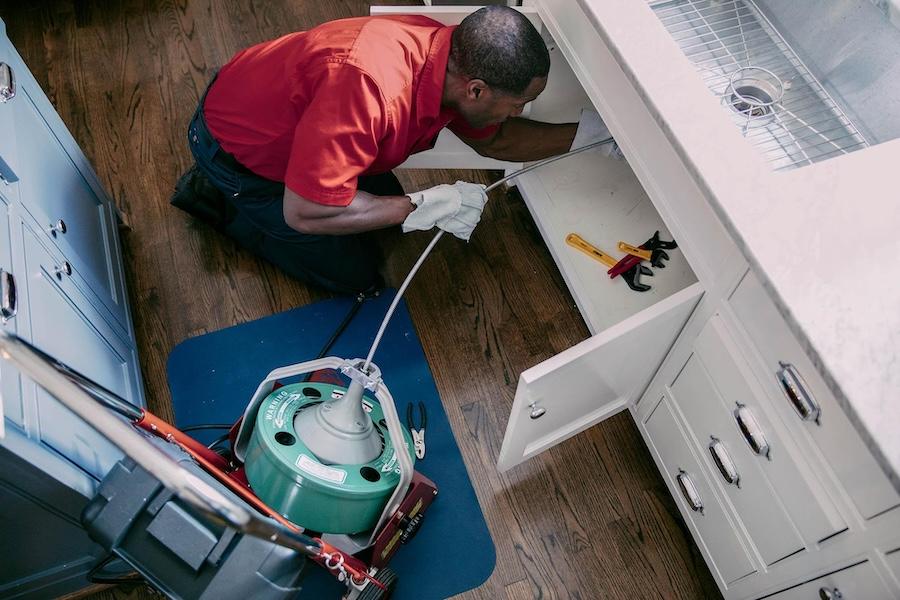Call This Sunday to Get $50 OFF
Call us Now to Get $50 OFF.
Ratings based on 6379 reviews
Local Plumbers, Local Reviews
Call This Sunday to Get $50 OFF
Call us Now to Get $50 OFF.
Ratings based on 6379 reviews
Local Plumbers, Local Reviews

You expect your water bill to stay about the same from month to month. Then one day, you open it and find the charges have doubled. You haven’t filled a swimming pool, no one in the family has been taking hour-long showers, and you haven’t changed how often you run the dishwasher or laundry. When water use habits stay the same, a jump in cost almost always means something is wrong. For many homeowners, the cause is a silent leak. At Mr. Rooter Plumbing, we see how these hidden problems drive up costs while damaging homes from the inside out. Knowing how to spot a leak and what to do next is the best way to keep control of your home’s water use. Keep reading to understand what’s happening and how to deal with it before it spirals out of control.
Most people think of leaks in terms of obvious damage, like water spilling out of a pipe or flooding a basement. But leaks don’t have to be dramatic to hit your wallet. A faucet dripping once every second wastes more than 3,000 gallons of water in a year. A toilet with a flapper that doesn’t seal properly can waste 200 gallons in a single day. That is water you never used for cooking, cleaning, or bathing, yet you are still charged for it. The numbers add up quickly. You could end up paying for an extra thousand gallons of water every single month. In many cases, the leak stays hidden until you check for it. By then, weeks or even months of waste may have slipped by. The financial cost is only part of what is at stake. Silent leaks usually cause secondary damage. When moisture seeps into wood framing, it weakens the structure and attracts pests. Mold thrives in damp drywall and insulation, and spreads spores into the air your family breathes. Carpets, baseboards, and flooring can warp or rot. A small drip left unchecked can quietly turn into thousands of dollars in repairs.
Silent leaks usually start in places that don’t get much attention. Here are the most common culprits:
Knowing these likely sources gives you a practical checklist to follow when you suspect a hidden leak. A little investigation on your own may lead you directly to the cause.
You don’t need special tools to confirm your suspicion. A few simple checks can save you from guessing.
If you suspect water is escaping but can’t track it down, professional leak detection is the next step. Specialized tools can identify leaks behind walls, under slabs, or underground without unnecessary digging.
Plumbers know how to use the right tools to diagnose the problem quickly. Professional leak detection in Eastvale, CA goes beyond guesswork:
You might be able to replace a faucet washer or a toilet flapper on your own. But when the leak isn’t obvious, calling a plumbing repair service saves time and frustration. Mr. Rooter Plumbing is here to help. Our team provides the services you need to stop leaks before they become expensive disasters. Don’t wait for that unexplained spike in your water bill to grow into serious damage. Call today and schedule your next appointment with a local plumber.
Did you know that multiple pipes run underground in your property, and damage to these pipes is mostly…
Read MoreFor many homeowners, septic maintenance seems confusing and overwhelming. Compared to city sewer systems, how well you maintain…
Read MoreWe all know that septic tanks are meant to handle waste to a certain degree. However, do we…
Read MoreFor homeowners who live in areas that receive heavy rainfall throughout the year, sump pumps aren’t just a…
Read MoreWhen it comes to septic health, you can be one of those homeowners that try to do everything…
Read More